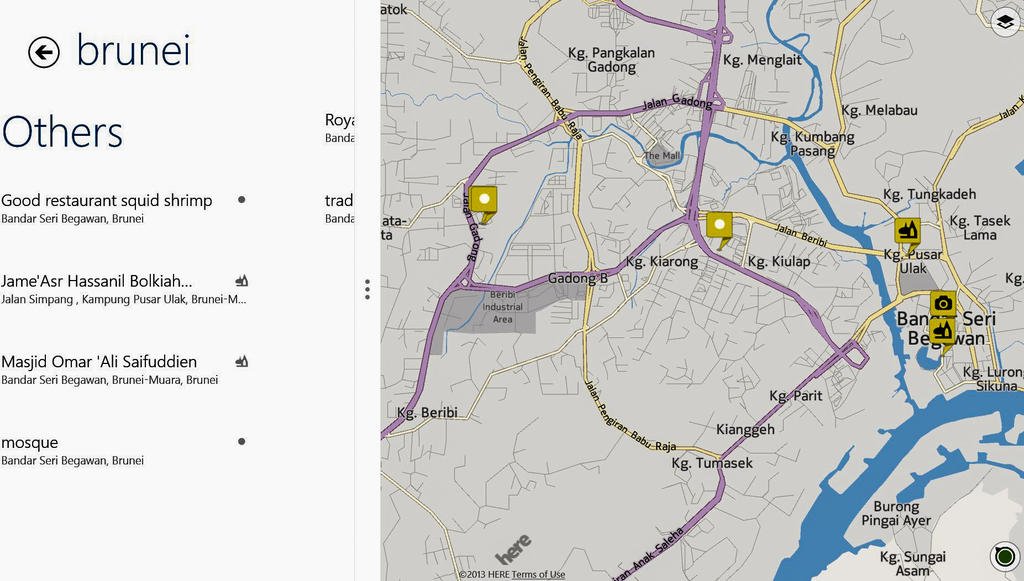KTMphil
Senior member
There are currently 3, popular, smart phone, operating systems that most people have one (or more) of. The phone hardware used is becoming irrelevant assuming the phone's processor is up to the job:
1. I-Phone/ Apple
2. Android / Samsung, Sony, HTC etc.....
3. Windows mobile Phone/ Nokia the biggest vendor
Some smart phones are NOT real gps's, meaning they don't have the ability/ hardware to calculate your position from a set of satellite signals. They will only be able to calculate your position from either triangulating from cell phone towers (so you'll always need phone signal to get your position) or from a wifi's router connection that the phone is connected too. So hugely important, if planning to use the phone as a real GPS to check that the hardware in the smart phone does have a GPS receiver.
With location app software development exploding, so that the right commercial locations are put in front of your face on your phone screen, this has quickly metamorphosed the smart phone from a GPS toy into a really useful GPS tool - Garmin must be terrified about their consumer market for sure.
If you're a serious traveler, meaning that you're often going to new countries or are often out of cell data range, then you can't rely on Google Maps and other cloud/ online cartography as once you've lost signal, you'll no longer have map data on your phone screen. The new country you visit may not have a data plan available on their SIM card so again no map data from online services or if it's a 3rd world country maybe terrible cell signal coverage etc.... So this is why downloadable maps for your smart phone are very useful.
For Android users OSMAND/ the OSM map app is very useful, specific countries can be downloaded and you'll have a real GPS working on your smartphone, link below:
Welcome To OsmAnd

As far as I'm aware, the superb Nokia Here Maps, which are downloadable, are still not available for Android, but will be coming for sure, more below:
Nokia HERE apps for Android and iOS - GSMArena.com news
We used the Sygic Mapping Software to get us into Bangkok on an android Galaxy S5 & it worked amazingly well
1. I-Phone/ Apple
2. Android / Samsung, Sony, HTC etc.....
3. Windows mobile Phone/ Nokia the biggest vendor
Some smart phones are NOT real gps's, meaning they don't have the ability/ hardware to calculate your position from a set of satellite signals. They will only be able to calculate your position from either triangulating from cell phone towers (so you'll always need phone signal to get your position) or from a wifi's router connection that the phone is connected too. So hugely important, if planning to use the phone as a real GPS to check that the hardware in the smart phone does have a GPS receiver.
With location app software development exploding, so that the right commercial locations are put in front of your face on your phone screen, this has quickly metamorphosed the smart phone from a GPS toy into a really useful GPS tool - Garmin must be terrified about their consumer market for sure.
If you're a serious traveler, meaning that you're often going to new countries or are often out of cell data range, then you can't rely on Google Maps and other cloud/ online cartography as once you've lost signal, you'll no longer have map data on your phone screen. The new country you visit may not have a data plan available on their SIM card so again no map data from online services or if it's a 3rd world country maybe terrible cell signal coverage etc.... So this is why downloadable maps for your smart phone are very useful.
For Android users OSMAND/ the OSM map app is very useful, specific countries can be downloaded and you'll have a real GPS working on your smartphone, link below:
Welcome To OsmAnd

As far as I'm aware, the superb Nokia Here Maps, which are downloadable, are still not available for Android, but will be coming for sure, more below:
Nokia HERE apps for Android and iOS - GSMArena.com news
We used the Sygic Mapping Software to get us into Bangkok on an android Galaxy S5 & it worked amazingly well













